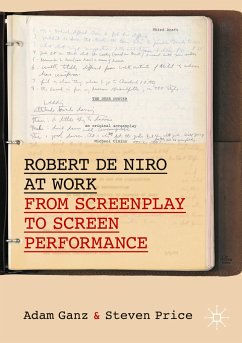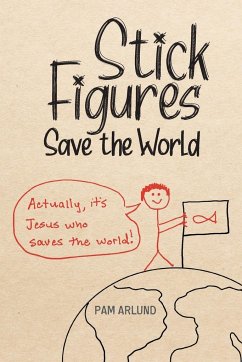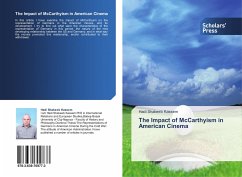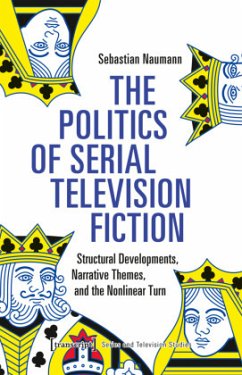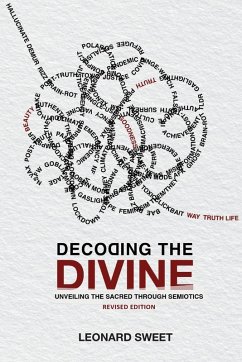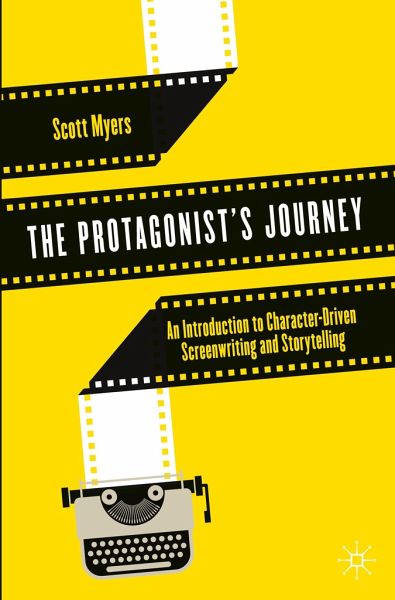
The Protagonist's Journey
An Introduction to Character-Driven Screenwriting and Storytelling

PAYBACK Punkte
10 °P sammeln!
Character drives plot. Based on this principle, this book walks aspiring writers through the fascinating world of character-driven screenwriting. When a writer engages their characters, they start a process which naturally leads to the story's structure and everything else that makes for a well-written narrative. Exploring the protagonist's journey and their "unity arc," Myers explains how a family of characters surrounds the protagonist and influences their transformation process. This easy-to-follow guide features activities that will help writers of any level develop their stories from conc...
Character drives plot. Based on this principle, this book walks aspiring writers through the fascinating world of character-driven screenwriting. When a writer engages their characters, they start a process which naturally leads to the story's structure and everything else that makes for a well-written narrative. Exploring the protagonist's journey and their "unity arc," Myers explains how a family of characters surrounds the protagonist and influences their transformation process. This easy-to-follow guide features activities that will help writers of any level develop their stories from concept to scene-by-scene outline. Based upon a popular workshop Myers has led with over a thousand writers at all levels of experience, this book is a must-have for screenwriting students, both undergraduate and graduate, and those looking at advanced story development.



